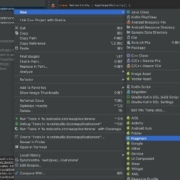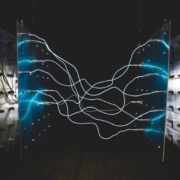With the rise of hardware and software platforms to connect every object in the physical world to the Internet, IoT is a trend that has come a long way. It is molding how people interact with their environment and how they have come to rely on smartphones and the Internet to fulfill daily tasks and requirements. And similar to a lot of industries, it is also making its way into the food and beverages industry. IoT is making every aspect of the food industry smarter through a combination of IoT smart connected products gathering data throughout the supply chain and intelligent algorithms, converting them into smart insights. Let us take a look at some applications within the industry that are already transforming how we think about food manufacturing, processing, and safety.
1. Supply Chain Management, Traceability, and Product Recall
A combination of digital tags on everyday consumer products and tracking sensors on transportation facilities can enable manufacturers to keep track of their products at every stage within the supply chain, leading to more efficient and leaner supply chain operations. Zeroing on and connecting to the source of production to initiate product recalls in case of damaged goods becomes simpler and faster by connecting every item on a batch and serial level to the Internet. Brands can ensure ingredients for finished food products are all sourced ethically and responsibly while providing this information to their customers if individual ingredients are also hooked to the web.








 One aspect to consider while developing an IoT project is device power management. With the rise of the Internet of Things, the optimization of the battery-operated devices is an important aspect that can make a huge difference. Device power management in the IoT is a challenging task because a device could always be powered up and could be located everywhere. Often, IoT devices are located remotely and they must use a battery to work.
One aspect to consider while developing an IoT project is device power management. With the rise of the Internet of Things, the optimization of the battery-operated devices is an important aspect that can make a huge difference. Device power management in the IoT is a challenging task because a device could always be powered up and could be located everywhere. Often, IoT devices are located remotely and they must use a battery to work.

